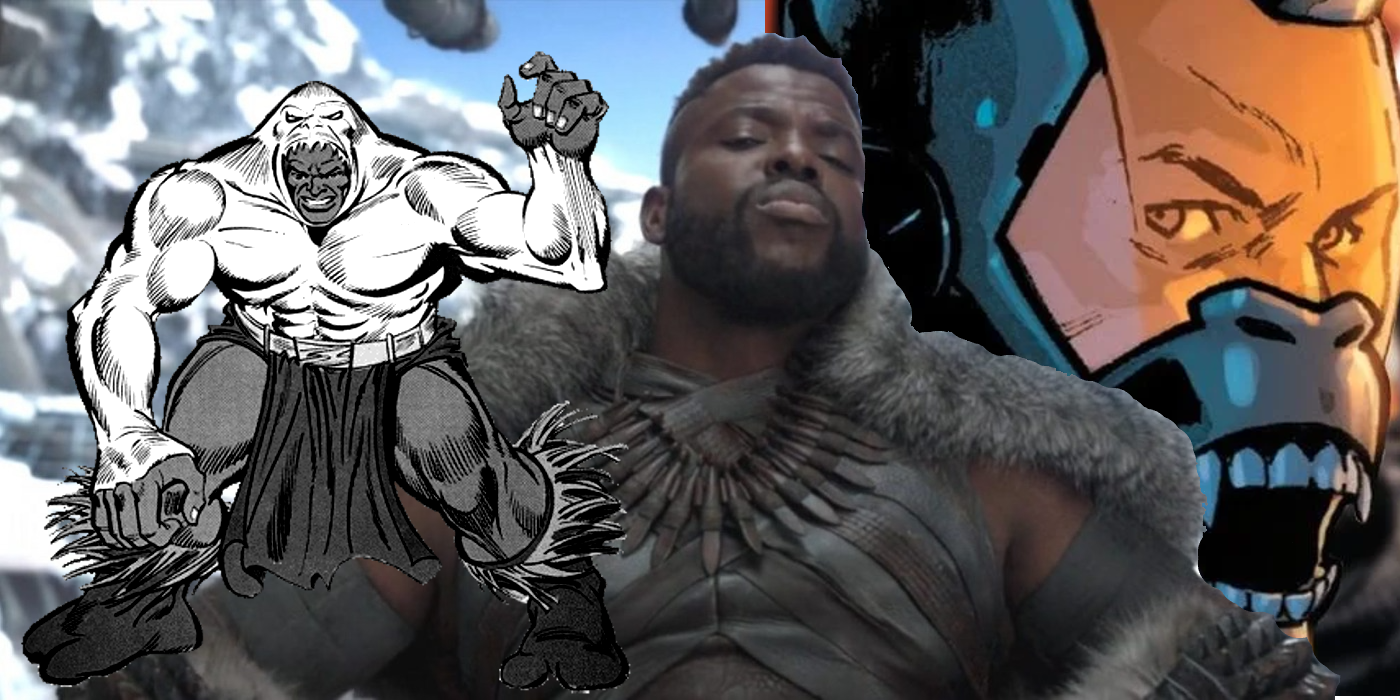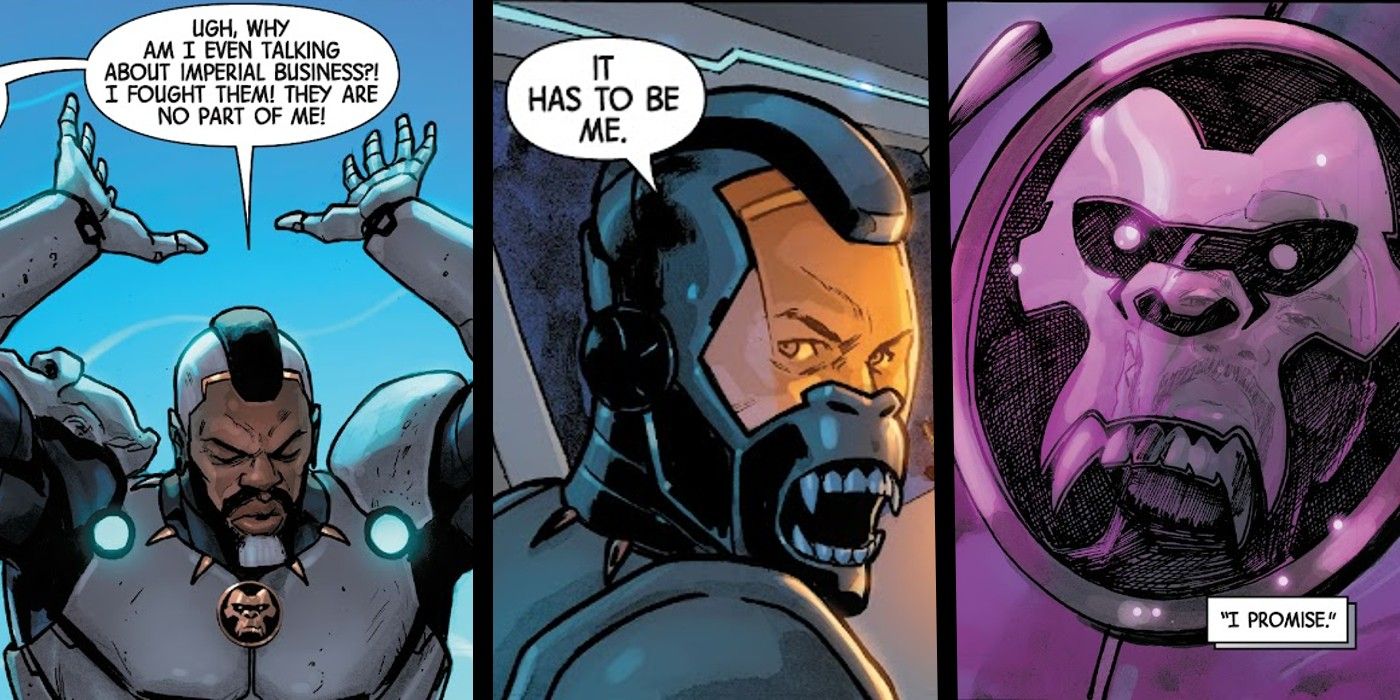Warning: contains spoilers for The Last Annihilation: Wakanda!
With the film Black Panther, M'Baku's costume and character were adjusted from his first appearances within comics. This adjustment has carried on into newer stories. In The Last Annihilation: Wakanda, additional changes to his costuming have been made, though there are slightly more visual references to his comic origins.
The Last Annihilation: Wakanda picks up the story that ended in Black Panther (2018), which was written by Ta-Nahesi Coates. That series took Wakanda to the stars, as a conquering group that lost its way. M'Baku, a new version of the character named after the original, was a resistance leader who fought against Wakanda's Intergalactic Empire. This tie-in issue connects to the events of The Last Annihilation, with M'Baku being called to help make amends for the Empire's actions against other galactic residents.
M'Baku is a crucial character in The Last Annihilation: Wakanda, which has the creative team of Evan Narcisse, Germán Peralta, Jesus Aburtov, Philip Tan, and Cory Petit. His story is about a man finding his way with a kingdom that has changed from an oppressive empire to one trying to carve a new path into the future. However, there are elements in his costume that reframe the problematic elements of the original character's initial appearances beginning in 1969.
When M'Baku was first introduced, he was a villain called Man-Ape, a moniker the film Black Panther wisely dropped due to its unfortunate implications. This moniker has stayed in comics, as have versions of the white gorilla suit he originally appeared with, though he also goes by White Gorilla and Great Gorilla in various stories. These images are highly problematic without the right writers and considerations placed behind them to show how they relate to the character in non-racial ways. Gorillas connect to the character religiously and symbolically, similar to how T'Challa's family and people relate to the Black Panther. However, in Wakanda's intergalactic era, M'Baku has a new costume that is more fitting of the great warrior he is in a futuristic time. It doesn't completely drop his religious iconography, though it does incorporate it differently.
M'Baku wears an armored suit that allows him to move and fight in space. On his shoulder and chest are a gorilla emblem. He also wears a mask that bears resemblance to a gorilla. The emblems are subtle, yet important, ways of referring to his beliefs and Wakandan heritage. The mask is slightly more surprising since it continues the idea of relating a man to a gorilla. However, it does so in a different way. As a Wakandan battle suit, it captures the spirit of how gorillas fight - head-on as a threat that makes itself known to its enemies. It also frames M'Baku differently, leaving him more as a man than an ape compared to the previous costume his namesake wore. While it maintains the gorilla mask of his previous outfit, the intention from the creative team is very different than M'Baku's creators.
The original costume worn by M'Baku in his early days is one of the most problematic in comics. While there are several elements that have remained the same over the years, Marvel's newest updates are much more considerate of who the character actually is and how gorillas relate to him and his people. Marvel's portrayal of Black Panther's heroes - including those that are reformed - are evolving and taking better care with how its characters' origins and visual elements are handled.


